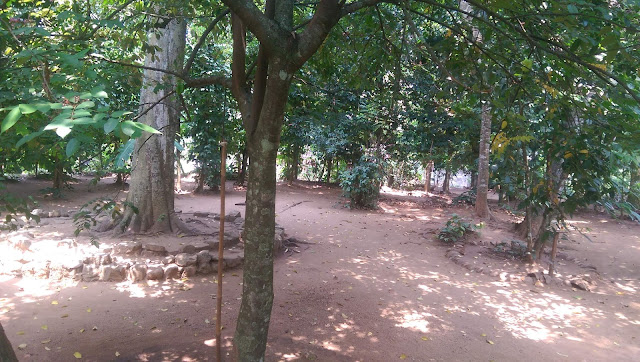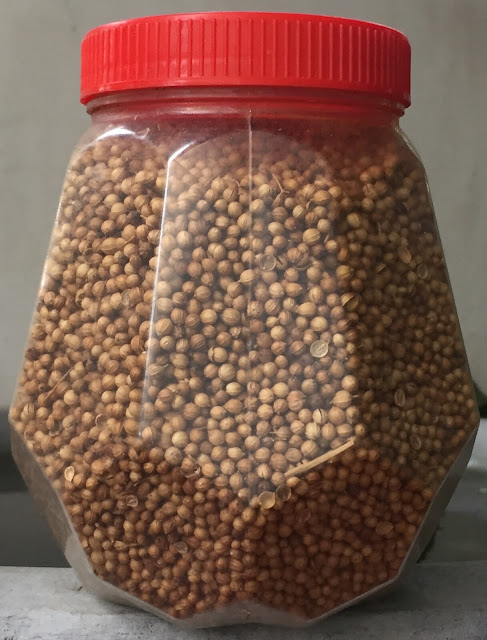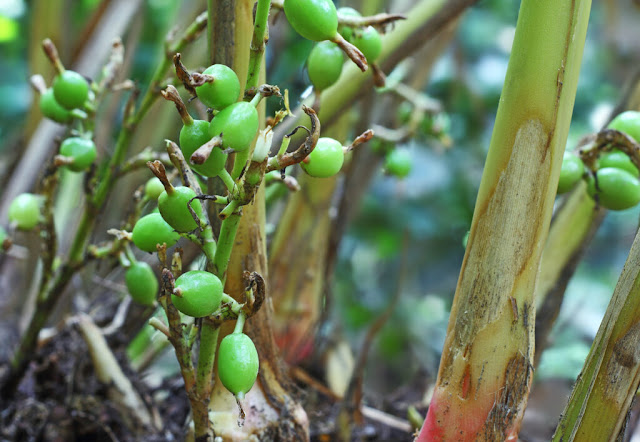Jardins d'épices Sri Lanka
click here for English
 | |||||||||||||||||||||
| cocoa in spice garden |
Le Sri Lanka est connu dans le monde entier pour ses épices et ses herbes rares. Au New Ranweli Spice and Herbal Garden, vous aurez la chance de voir comment des épices comme le curcuma, les grains de poivre, les clous de girofle, la cardamome, la muscade, la vanille, la cannelle, le cacao, l'aloès Vera, etc. sont cultivés dans leur environnement naturel.
Il faut visiter un jardin d'épices au Sri Lanka pour avoir un aperçu de la longue histoire des épices de l'île. Les jardins d'épices de Benthota, Kandy, Matale, Mawanella et Colombo offrent des expériences fascinantes aux amateurs d'épices du monde entier. la plupart des touristes visitant ces jardins ramènent avec eux une expérience mémorable après avoir vu et senti les épices sri lankaises.
Pour commander nos produits du jardin d'épices en 'Europe
Envoyez-nous un email ou un message sur watsapp
Payez en toute sécurité avec PayPal
Email : spicegardencli@gmail.com
Watsapp: +94-7799-59-135








